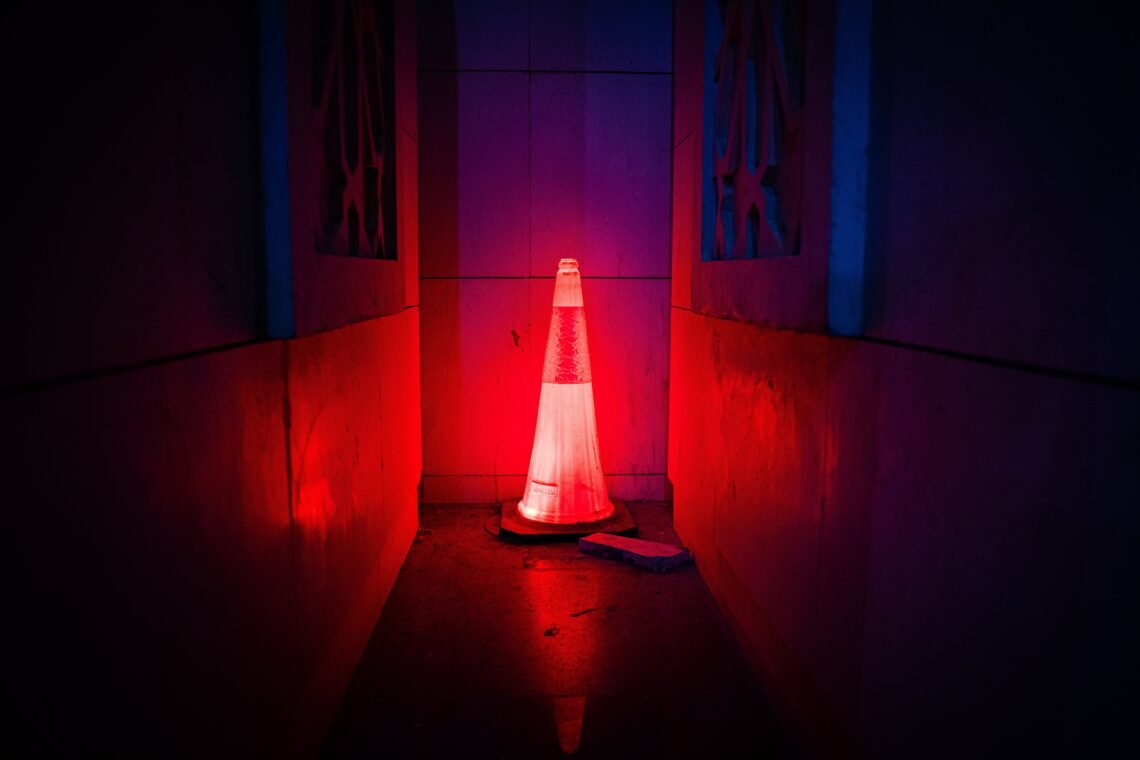Relationships are meant to bring joy, support, and fulfillment into our lives. However, not all relationships are healthy, and some can be toxic. Toxic relationships can leave a lasting impact on our mental and emotional well-being, making it essential to recognize the red flags and behaviors that indicate toxicity. In this blog post, we will explore how to identify toxic relationships and provide insights on how to move on without succumbing to anger, jadedness, and bitterness.
Recognizing Toxic Relationships: Red Flags
1. Lack of respect and boundaries: In a toxic relationship, there is often a disregard for personal boundaries and a lack of respect for each other’s feelings, opinions, and autonomy.
2. Constant criticism and belittling: Toxic partners may engage in a pattern of constant criticism, belittling, or demeaning behavior, which can erode self-esteem and create a negative self-image.
3. Manipulation and control: Manipulative behavior, such as gaslighting, guilt-tripping, or controlling actions, is a significant red flag. Toxic individuals may use these tactics to maintain power and control over their partners.
4. Emotional and physical abuse: Any form of abuse, whether emotional or physical, is a clear indicator of a toxic relationship. It is crucial to prioritize your safety and seek help if you find yourself in an abusive situation.
5. Lack of trust and constant jealousy: Trust is the foundation of any healthy relationship. In toxic relationships, there is often a lack of trust, accompanied by jealousy and possessiveness.
Behaviors to Watch Out For
1. Isolation from friends and family: Toxic individuals may try to isolate their partners from their support network, making it harder for them to seek help or gain perspective.
2. Blame-shifting and refusal to take responsibility: Toxic partners often deflect blame onto their partners and refuse to take responsibility for their actions. This behavior can lead to a cycle of guilt and self-doubt for the victim.
3. Unpredictable mood swings and explosive anger: If your partner’s mood swings are extreme and unpredictable, and they frequently display explosive anger or violence, it is a significant warning sign of toxicity.
4. Lack of empathy and emotional support: Toxic individuals often lack empathy and fail to provide emotional support. They may dismiss or minimize their partner’s feelings, leaving them feeling unheard and invalidated.
5. Codependency and loss of personal identity: Toxic relationships can be characterized by an unhealthy level of codependency, where partners lose their sense of self and become solely focused on meeting the needs of the toxic individual.
Moving On from Toxic Relationships
1. Acknowledge and accept the toxicity: The first step towards moving on from a toxic relationship is acknowledging and accepting that it is toxic. This self-awareness is crucial in breaking free from the cycle of toxicity.
2. Seek support from friends and family: Reach out to your support network for guidance, understanding, and emotional support. Surround yourself with people who uplift and empower you.
3. Set clear boundaries: Establishing and enforcing boundaries is essential in protecting yourself from further harm. Clearly communicate your boundaries and stand firm in enforcing them.
4. Practice self-care and seek healing. Prioritize self-care activities that promote your mental, emotional, and physical well-being. Engage in activities that bring you joy, practice self-compassion, and cultivate a mindset of acceptance. Understand that it is not your responsibility to change anyone. Accept things for what are and focus on moving forward with your life, instead of dwelling on the past.
5. Seek professional help if needed: If you find it challenging to move on from a toxic relationship or if you are struggling with anger, bitterness, or unresolved trauma, consider seeking professional help. Therapists and counselors can provide guidance and support throughout the healing process.
Remember, moving on from a toxic relationship takes time and patience. Be gentle with yourself and allow yourself to heal. By recognizing the red flags, setting boundaries, and prioritizing your well-being, you can break free from toxic patterns and create a healthier, happier future.





